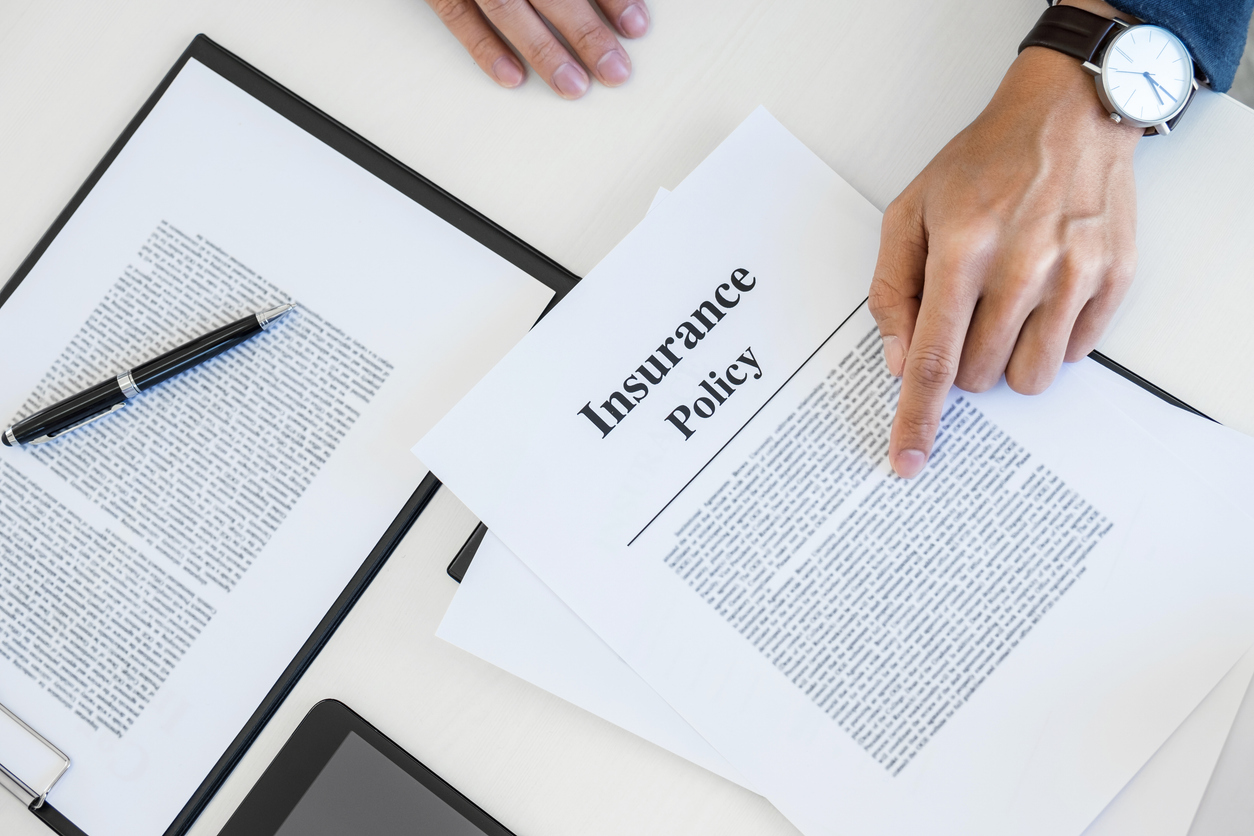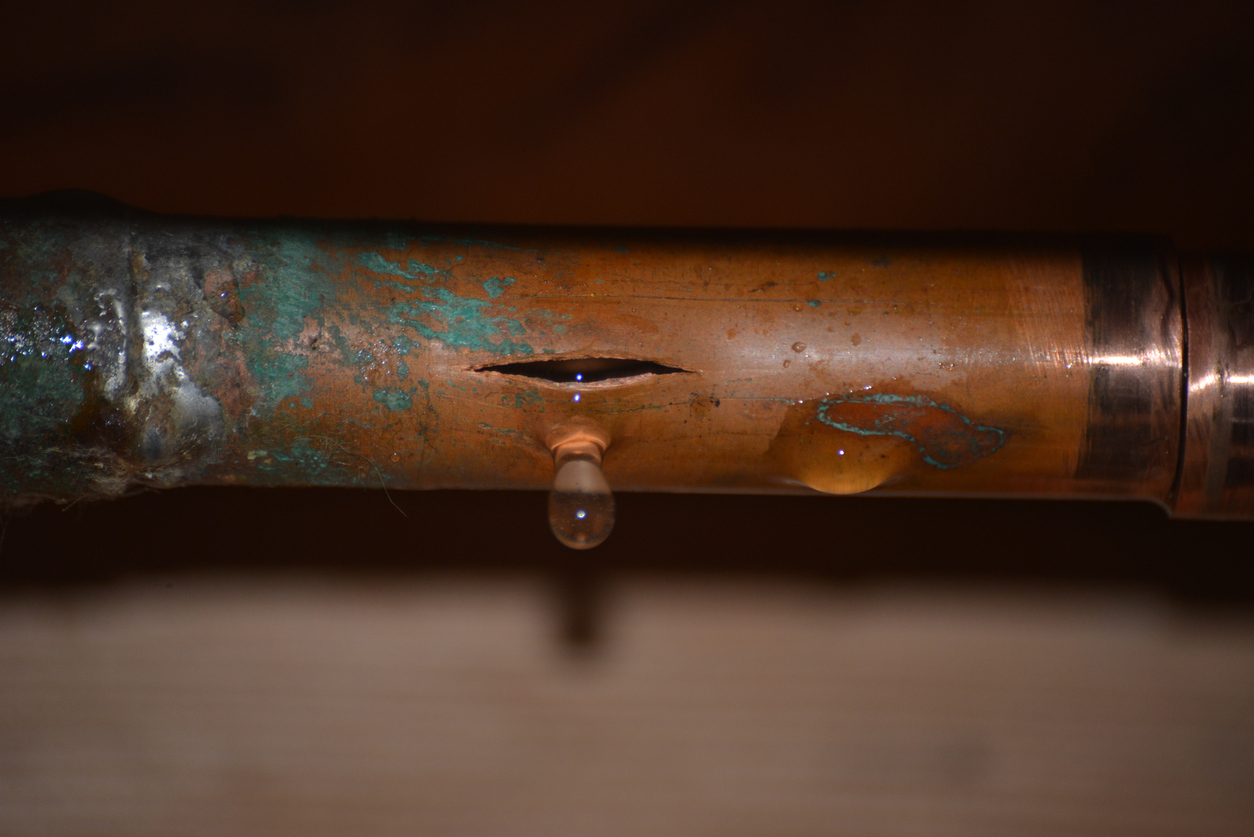Protective Safeguards Endorsements (PSEs) are a never-ending source for denials of property insurance claims. I quoted an insurance agent who warned against these endorsements in Why Are Protective Safeguard Endorsements Dangerous? An Insurance Agent’s Prospective:
We have been preaching for years that you should avoid a Protective Safeguard endorsement on a Property insurance policy at all costs.
In a nutshell, if your insurance carrier attaches a provision to your Property insurance policy titled ‘Protective Safeguard’ and lists either/or alarm systems, sprinkler systems, dust collecting systems, etc., you need to be absolutely sure that these items are always maintained in good working order and that they are never impaired. If they are impaired or do not work properly, the insurance company could, and likely will, deny what could be a major claim.
A recent case illustrates how strictly courts can apply these provisions and highlights the importance of understanding precisely what protective systems are required under a policy. It also reinforces that insurance companies are not obligated to verify a building’s compliance with policy conditions before issuing or maintaining coverage.
Salam Razuki owned a multi-tenant commercial property in San Diego that suffered a fire in October 2020. He had an insurance policy with AmGUARD Insurance Company, which contained a Protective Safeguards Endorsement requiring the maintenance of an automatic sprinkler system, identified in the policy as “P-1.” The policy defined P-1 in detail and, notably, listed a different protective safeguard, an Ansul system, typically used in commercial kitchens, under a separate designation labeled “P-9G.” When Razuki submitted his claim for damages exceeding two million dollars, AmGUARD denied it on the grounds that the building lacked the required automatic sprinkler system at the time of the fire. Razuki filed suit.
AmGUARD filed a motion for summary judgment and argued that compliance with the PSE was a clear condition precedent to coverage. They presented evidence showing that the only fire suppression present was an Ansul system serving a restaurant, not the building-wide P-1 automatic sprinkler system that the policy explicitly required. It also pointed out that Razuki’s insurance broker had represented in the application that the building had an automatic sprinkler system throughout, which influenced AmGUARD’s underwriting decision.
Razuki opposed the motion, arguing that the policy language was ambiguous and that the Ansul system could reasonably be considered a type of automatic sprinkler system because it activates in response to fire or smoke and is connected to discharge nozzles and ducts, terms also used in the PSE’s definition. He supported this interpretation with expert testimony from a seasoned fire investigator. He also raised issues of waiver and estoppel, pointing to AmGUARD’s failure to inspect the premises before the fire, its payment of a $50,000 advance after the fire, and the fact that it continued to insure the property until the policy expired several months later.
The district court granted summary judgment in favor of AmGUARD, 1 and the Ninth Circuit affirmed. 2 The appellate court held that the policy language was not ambiguous when read as a whole and in context. It emphasized that P-1 and P-9G were listed separately, each with distinct definitions. If P-1 were meant to include Ansul systems, the court reasoned, then P-9G would be redundant, violating California’s rules of contract interpretation. The court also rejected the use of expert testimony to interpret the legal meaning of insurance policy language, noting that such matters are for the court, not experts.
Crucially, the appellate panel dismissed the argument that AmGUARD waived its defenses by not inspecting the property. It cited well-established California law holding that an insurer is entitled to rely on representations made in the insurance application and has no duty to verify them through inspection. The court further found that a partial payment and continuation of coverage after the loss could not create coverage where none existed under the policy, reaffirming that waiver and estoppel cannot be used to extend coverage after a loss.
Several lessons emerge from this case. The most fundamental is that policyholders must strictly comply with protective safeguards endorsements or face the probability of no coverage when a loss occurs. Courts will not stretch definitions or entertain post-loss arguments that attempt to recast a building’s fire suppression system as something it is not.
Second, it is not the responsibility of insurers to confirm whether safeguards are in place or operational before issuing a policy. If a misrepresentation is made in an application, intentionally or inadvertently, the burden remains on the insured.
Third, even when insurers make post-loss payments or maintain coverage, this does not equate to a waiver of their right to deny claims if coverage never existed. Many states do follow the rule that duties after loss and exclusions can be waived by payment.
For property owners and those who assist them in managing their insurance relationships, Razuki is a potent reminder to read every word of a policy and understand the specific systems it requires. When protective safeguards are part of the bargain, failing to meet those conditions can result in the complete loss of coverage when it is needed most. Protective safeguards are not safe. They are dangerous to coverage.
Thought For The Day
“If you are not willing to risk the unusual, you will have to settle for the ordinary.”
—Jim Rohn
1 Razuki v. AmGUARD Ins. Co., No. 3:21-cv-01983 (S.D. Cal. Mar. 18, 2024).
2 Razuki v. AmGUARD Ins. Co., No. 24-2352 (9th Cir. June 6, 2025).




